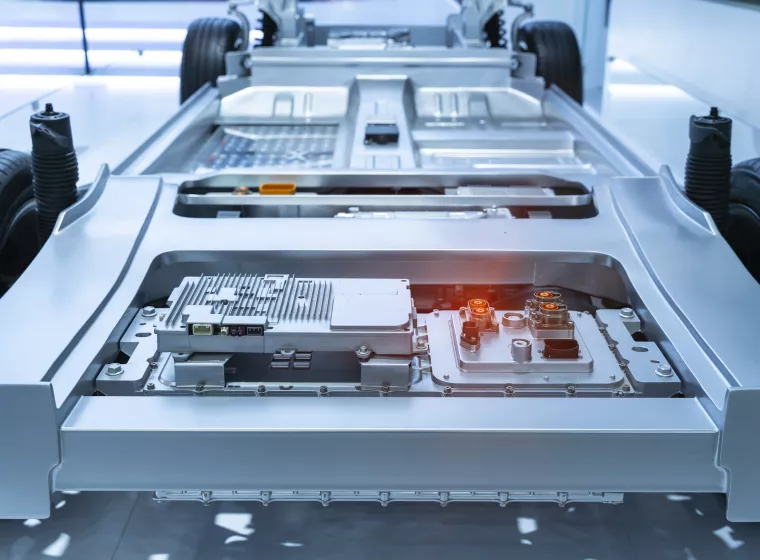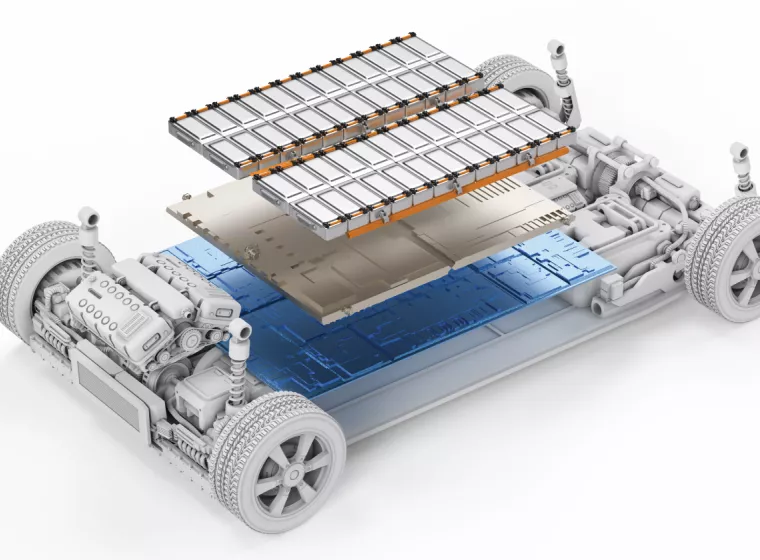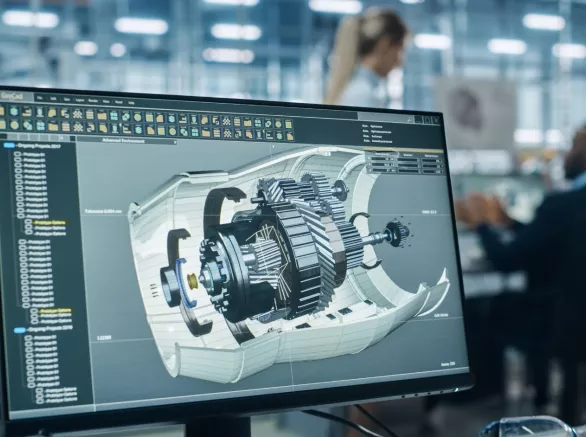June 21, 2024
Preparing to successfully navigate the challenges of vehicle fleet electrification
Many organizations, including delivery companies, public transit, municipal services, and utilities, are moving to electrify their vehicle fleets to meet greenhouse gas emission targets, save on fueling costs, and fulfill sustainability goals. However, realizing these benefits means overcoming specific challenges for commercial operators. Commercial EV fleets require vehicle charging strategies, revised safety procedures, and updated maintenance regimens — all of which present entirely new conditions for stakeholders.
Why make the switch to electric vehicle fleets?
In the U.S., more than 8,000 companies must report on their greenhouse gas emissions related to industrial and manufacturing activities, including transportation. Switching from fossil-fuel-powered to electric vehicles can reduce those emissions and help meet environmental goals while potentially lowering fuel costs.
Many large delivery firms are particularly interested in transitioning their last-mile delivery fleets — vehicles used to take products the "last mile" from distribution centers to retail locations or consumers' homes — to EVs. Large players such as FedEx, UPS, and Amazon have already announced their intentions to switch to EVs in city centers and suburbs, and several cities in Europe have outlawed or are planning to ban heavy diesel vehicles in city centers to limit pollution and noise in densely populated areas. EVs are particularly desirable in this context, as they are most efficient in stop-and-go city traffic and often don't need long battery ranges to complete their routes.
Additionally, there are many financial incentives for businesses that purchase EVs and EV charging equipment. In the U.S., the Inflation Reduction Act provides tax breaks for businesses, and many EU countries offer similar tax incentives, amounting to significant impacts to a company's bottom line.
Deploying commercial fleets of EVs requires a paradigm shift in the way we think about charging, maintenance, and accident response.
Challenges for all-electric-vehicle fleets
Electrifying commercial vehicle fleets may pose hidden costs and risks. Deploying commercial fleets of EVs will require a paradigm shift in the way businesses think about charging, maintenance, and accident response. A successful transition to an EV fleet will require a thorough examination of all areas of fleet operations — not just choosing the appropriate vehicle.
- Safety — Commercial fleet EV operators will need to develop new procedures and training regimens related to lithium-ion battery safety for drivers, mechanics, warehouse crews, safety staff, and first responders. Unlike other fires, lithium-ion battery fires (thermal runaway events) can't be extinguished using traditional methods and can last for hours until the runaway chemical reaction runs its course. In the context of a fleet storage yard, a single battery fire can reach a different level of risk and escalation.
- Emergency Response — New and evolving safety regulations are a near certainty with the rollout of more EVs and increased access to accident data. EV fires pose new risks to firefighters, emergency responders, mechanics, and truck drivers. Firefighters, emergency responders, and mechanics have established procedures for cleaning up gasoline leaks or extinguishing a gasoline fire. Putting out lithium-ion battery fires, however, requires specialized knowledge and training. Exponent's research has shown that lithium-ion battery fires in micromobility applications (e-bikes and e-scooters), which are much smaller than full-scale vehicles, are more difficult to extinguish than many think. For instance, lithium-ion batteries contain their own oxygen source and don't need external air to experience thermal runaway. As a result, conventional fire suppression efforts like fire blankets may be less effective at extinguishing or controlling a battery fire. In some cases, fire blankets may insulate the burning battery, increasing the internal temperatures and resulting in a more severe thermal runaway event. Similarly, electric vehicles can be difficult to extinguish with water, and may lead to secondary hazards such as arcing, electric shock, or reignition of the fire.
How to Suppress a Lithium-Ion Battery Fire
- Recharging — Commercial EV operators may need to contract with electricians and other experts to install and operate chargers, as well as coordinate with local utilities. Charging at warehouses or depots is appealing as it gives business operators the ability to control energy costs and take advantage of government funding for charging equipment, but the process isn't as simple as plugging a charger into an outlet. If a company chooses to install its own fast chargers, it will need to work with local utilities and electricians to upgrade and update power supplies. Slow chargers may not require high-power utility feeds, but they will need additional infrastructure and equipment such as electrical panels, circuit breakers, etc. If a company doesn't install its own chargers, it may need logistics experts to plan routes around recharging demands and opportunities.
- Maintenance & Repairs — Commercial EV fleet operators will either need to contract with specialist EV mechanics or train their existing mechanics to work on EVs. While commercial delivery EVs will still require regular maintenance for tires, brakes, suspension, and cooling systems, they will also require maintenance for electric motors, gearsets, and differentials. Most importantly, EVs require special training and equipment due to their high-voltage battery packs and electrical systems. Standard internal combustion engine vehicles have 12-volt systems to power lights and accessories. EVs commonly use powertrain systems operating at 400 volts or higher that can be lethal if improperly managed. Mechanics need special safety training and equipment to work around EVs, even if they're not directly repairing the high-voltage systems.
- Funding — Commercial fleet operators may want to consider the costs of switching to EVs and compare those to government incentives. They should also consider the risks of funding sources changing or even being canceled as regulations and policies change. Many governments are offering or have offered funding or tax breaks for purchasing EV delivery vehicles or charging equipment. These incentives make EVs attractive to fleet operators and businesses, but they can't be counted on in the future.
Electrifying your vehicle fleet
There are many reasons to transition commercial fleets to EVs, and in the future many governments may require organizations to switch at least some of their internal combustion engine vehicles to electric vehicles. Making the switch, however, isn't simple. It requires careful consideration of many factors to ensure a smooth, safe transition. Much of the world's future transportation and delivery needs will likely be met by electric vehicles, but they won't operate like traditional combustion engine vehicles. Switching to commercial EV fleets entails new safety procedures, training, and operational considerations for a smooth transition.
What Can We Help You Solve?
Whether addressing a design issue, conducting a failure analysis, or tracing quality concerns across complex supply chains, Exponent offers multidisciplinary electric vehicle expertise. We work with suppliers, manufacturers, and operators to assess all aspects of battery sourcing and performance, regulations, funding opportunities, safety, and logistics.
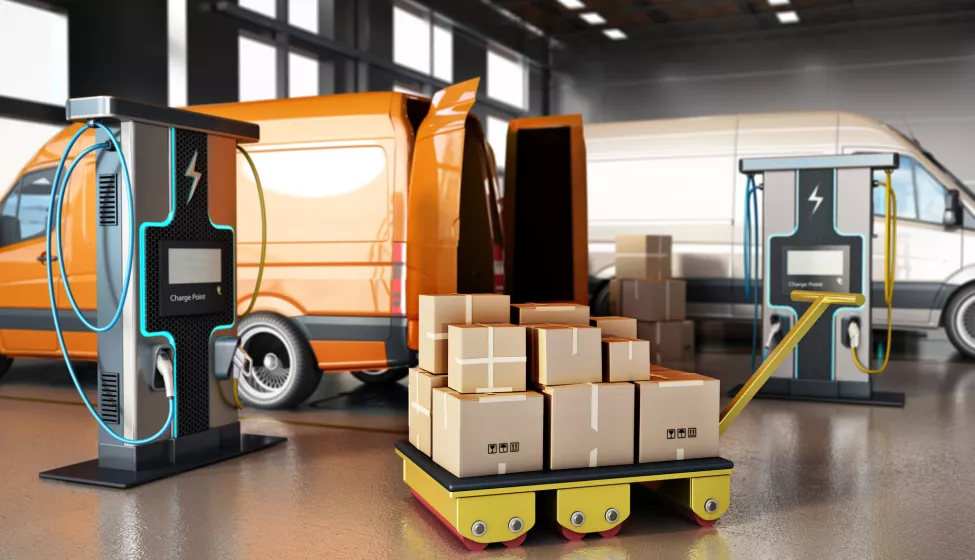



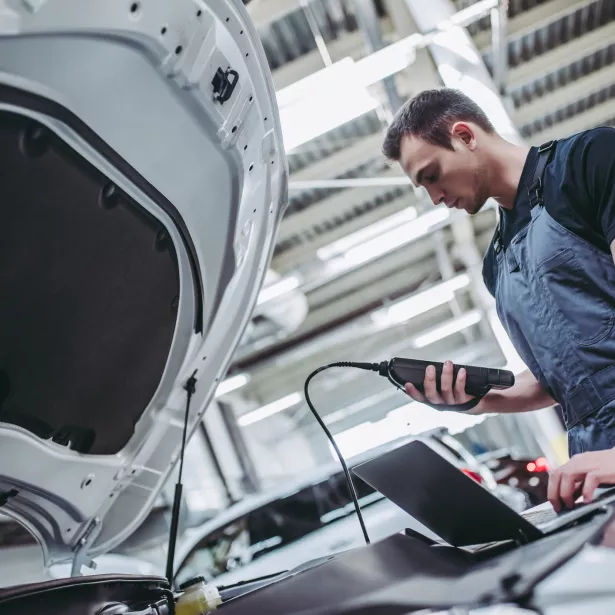

![[MCE] Factory Auditing & Assembly Line Evaluations - view of assembly line floor](/sites/default/files/styles/cards_home_card/public/media/images/GettyImages-1320950393.jpg.webp?itok=JflDDR6c)



